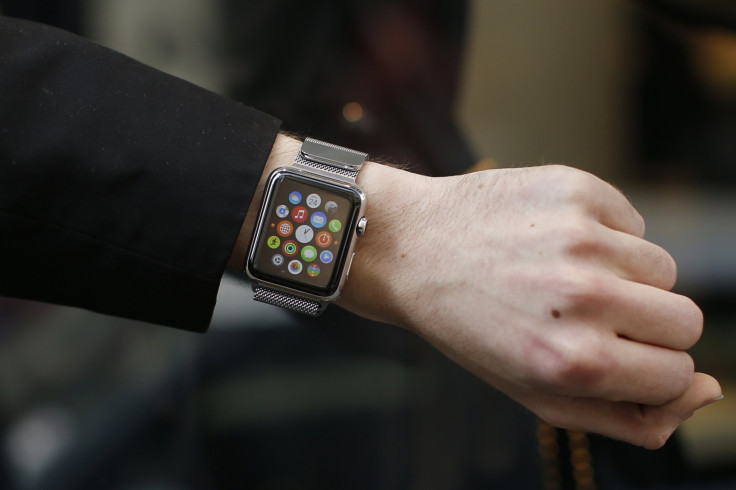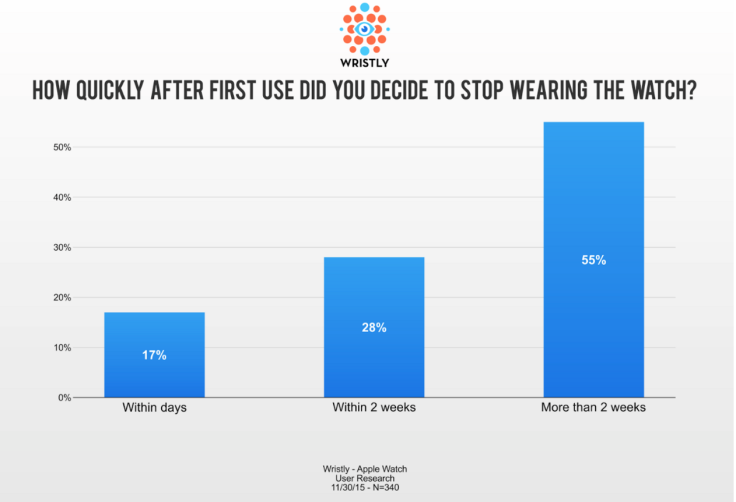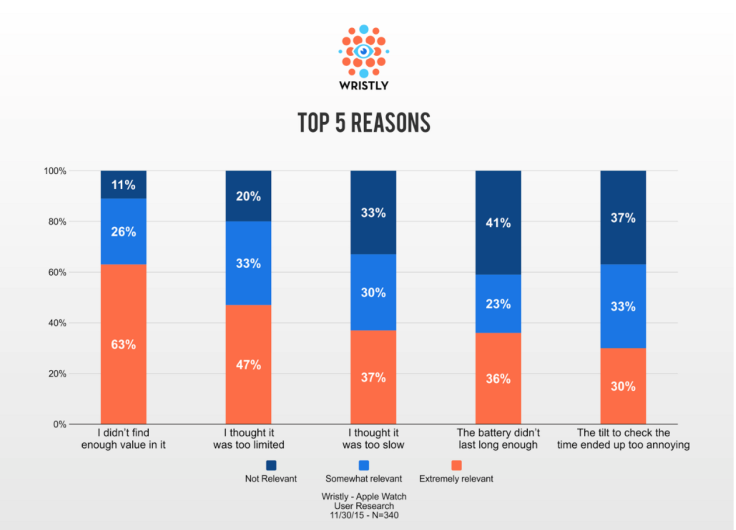Five Reasons Why People Dumped Their Apple Watch: Price, Battery Life, Speed, Always-On Display, Value

Just as the iPhone defined the smartphone market, the Apple Watch is the wearable that is defining the smartwatch category and while it has sold more than any other model, there are still a lot of issues users are encountering with the first generation device. A new study shows that people have dumped their Apple Watch for a variety of reasons, including poor performance, poor battery life and due to its high price.
Tim Cook likes to quote customer satisfaction reports for all of Apple's products and for the Apple Watch, he has used the only research available, namely the weekly surveys conducted by Wristly. At the September iPhone 6S launch, Apple's CEO proudly stated that Apple Watch users reported a 97 percent customer satisfaction rating, which was based on a Wristly survey. It is unlikely, however, that Cook will be reporting the research company's latest findings: almost 50 percent of those who have stopped using the wearable did so in less than two weeks.
The latest research is based on a sample of 340 people from among Wristly subscribers who have already stopped using their smartwatch. According to the results, 17 percent of respondents said they returned their Apple Watch within days of buying it, while a further 28 percent stopped using it before two weeks were up.
Talking about the research, principal analyst at Creative Strategies Ben Bajarin said the key factor here was that people were unable to see a value in the product before giving up on it. "For this group of people, value was not captured immediately. Which is something that came out of my initial analysis of the product. The Apple Watch, in its current manifestation and because the concept is so new, took time to truly understand its value."

As well as looking at how long it took people to dump their new smartwatches, the research also asked respondents why they decided to stop using it. The main reason given was that users didn't find enough value in the Apple Watch, something clearly linked to the high price of the device. The majority of the respondents (65 percent) had purchased the cheapest model, the $349 Apple Watch Sport, which shows that Apple may have to reduce the price of the second generation device if it wants to appeal to a broader customer base.
However Bajarin, who is involved in crafting the Wristly research, said that the number one critique of the Watch in the comments from respondents was related to the performance of the device. "Many thought the Apple Watch was too slow, particularly around data retrieval and third party apps," Bajarin said.

Other major issues with the device include the limited battery life, the lack of an always-on display and the need to be constantly connected to the iPhone. These are issues which Apple may look to address in the Apple Watch 2, which is slated for release in April 2016.
Despite this negative feedback, Bajarin says the majority of respondents to Wristly's surveys are positive in their response to the Apple Watch, leading the analyst to reassert his contention that this is a "big market," adding that he believes "it won’t hit its stride until mid-late 2017."
© Copyright IBTimes 2024. All rights reserved.






















